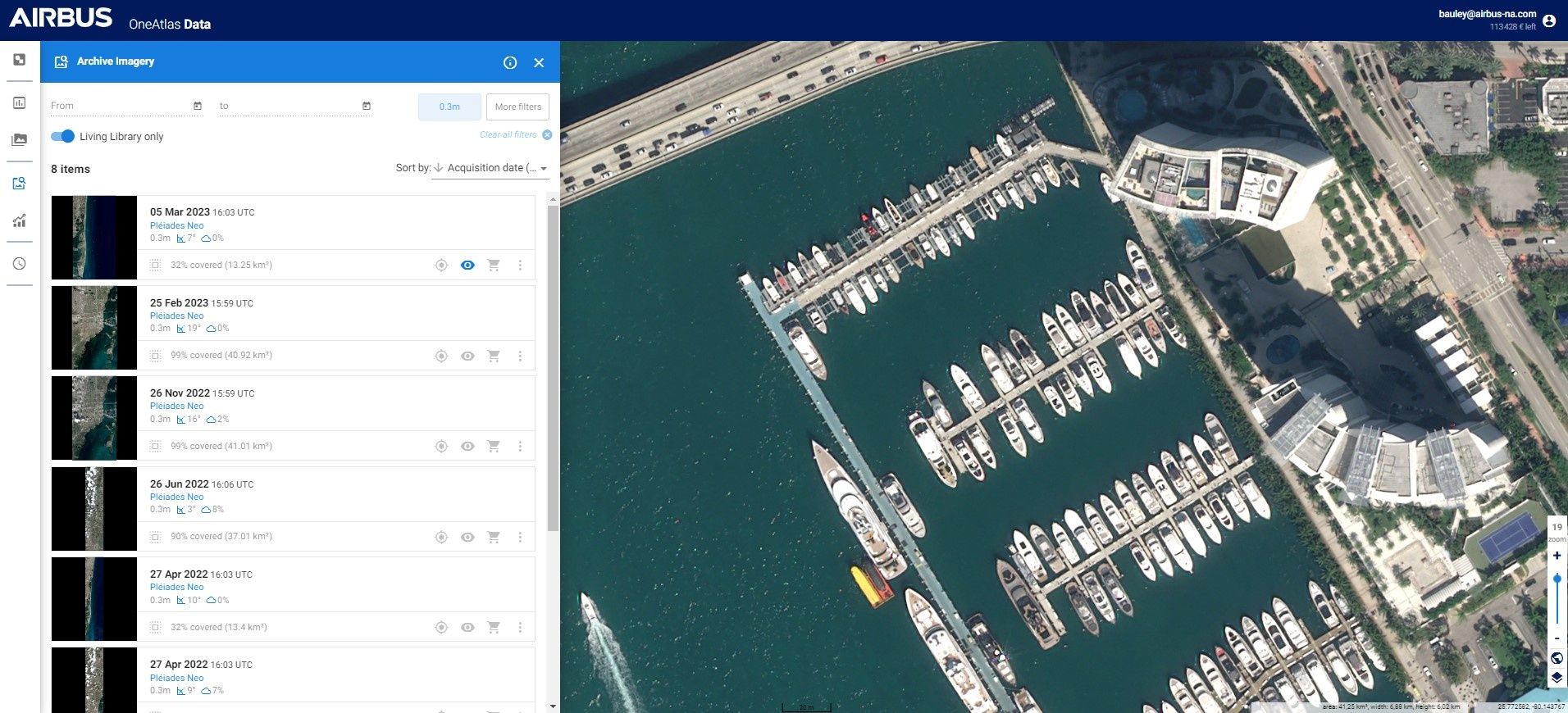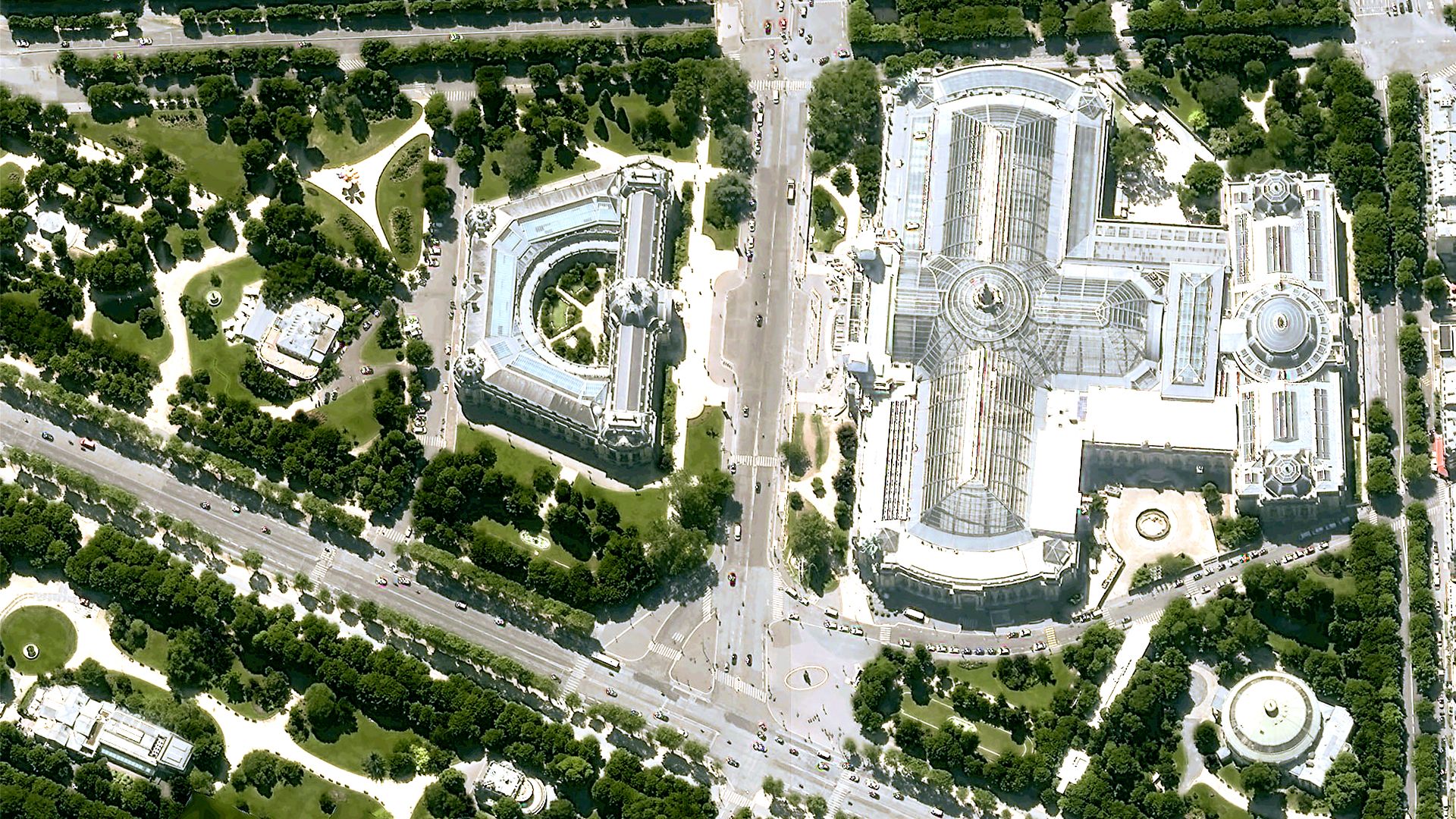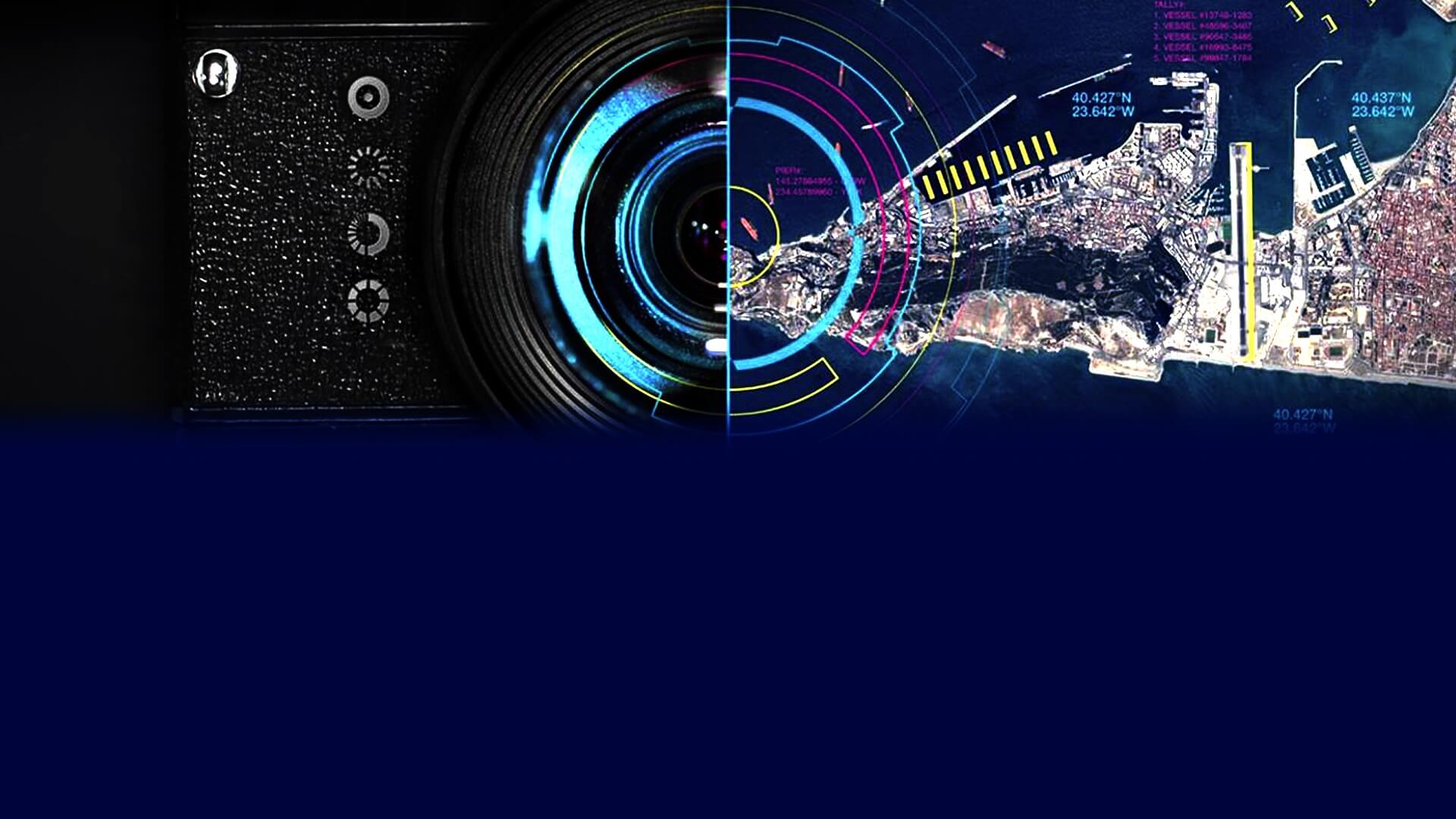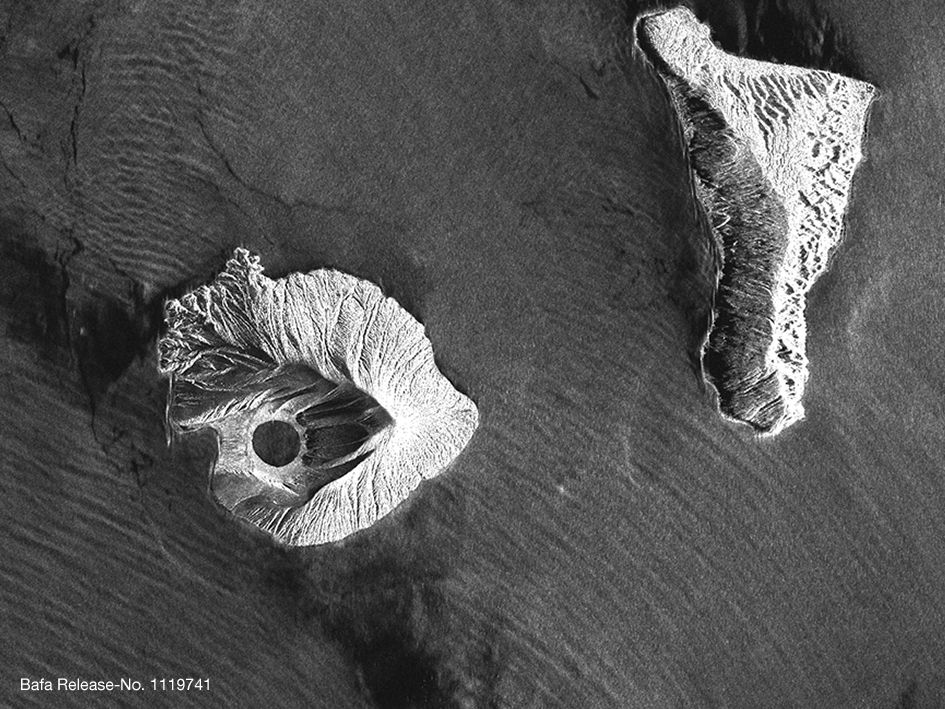
Home
Imagery & Data
Our Satellite Imagery
Living Library
Archive satellite imagery | Living Library
Quick and easy access to curated satellite Imagery

What is Living Library ?
Access premium satellite imagery from our multi-resolution optical archive. Need access to more imagery? No problem. Users can access and request the imagery they need from the extended archive for delivery into their Living Library account.
Features
- Constantly updated with 30cm, 50cm and 1.5m data with lower cloud cover and incidence angles
- Access full archive and “warm up” the imagery into your account
- Imagery instantly available in streaming, download and APIs
- Subscription based – pay only for what you need
The Living Library is constantly updated with fresh imagery every day.
Your advantages with Living Library
Quick, easy and flexible access to fresh imagery
Premium satellite imagery processed in the cloud and updated daily
Multiple streaming and download options for fast delivery
Search, view and download options available
Usage-based pricing with no minimum order size or surface-based pricing (per seats)

Who can benefit from the Living Library?
Satellite imagery users who need accurate and reliable data - the possibilites are endless
Multi-temporal satellite imagery is routinely used to gain insights into past activities, patterns and changes in specific areas. Whether the assessments are used for analysis, mission planning, training and simulation or damage assemessment, historical data from the Living Library can offer a wealth of information.
Mapping companies can compare older imagery to newer imagery to identify change in infrastructure, land use, geographical features and analyse features such as road networks, buildings, vegetation, bodies of water and terrain. A deep archive can also help users identify patterns of urbanisation, infrastructure development, vegetation encroachment, environmental monitoring, and much more.
The Living Library can be used to gain a better understanding of historical patterns of crop growth and health. Historical data can be used to assess development patterns, growth anomolies, change in vegetation patterns or pest infestations. Analysing data over multiple growing seasons can help provide input for yield estimations and forecasting, as well as support for crop insurance and risk assessment.
Historical imagery can provide oil and gas companies with information that can help pinpoint areas with high exploration potential, saving time and resources. Users can also compare imagery to identify change and detect potential leaks, monitor infrastructure conditions as well as the environmental impact caused by operations to effectivlely implement mitagation measures.
A multi-resolution imagery archive
The Living Library includes a selection of curated imagery that is updated everyday and includes: 30cm, 50cm and 1.5m resolution data
Want to speak with sales?
Our team can help get you started with the Living Library, or discuss other imagery options

What our customers say
Our services are recommended by industry experts just like you
Our data in action
Browse our case studies
Explore more possibilities
Browse all our resources about Living Library
Get started
Discover how to access and learn more







